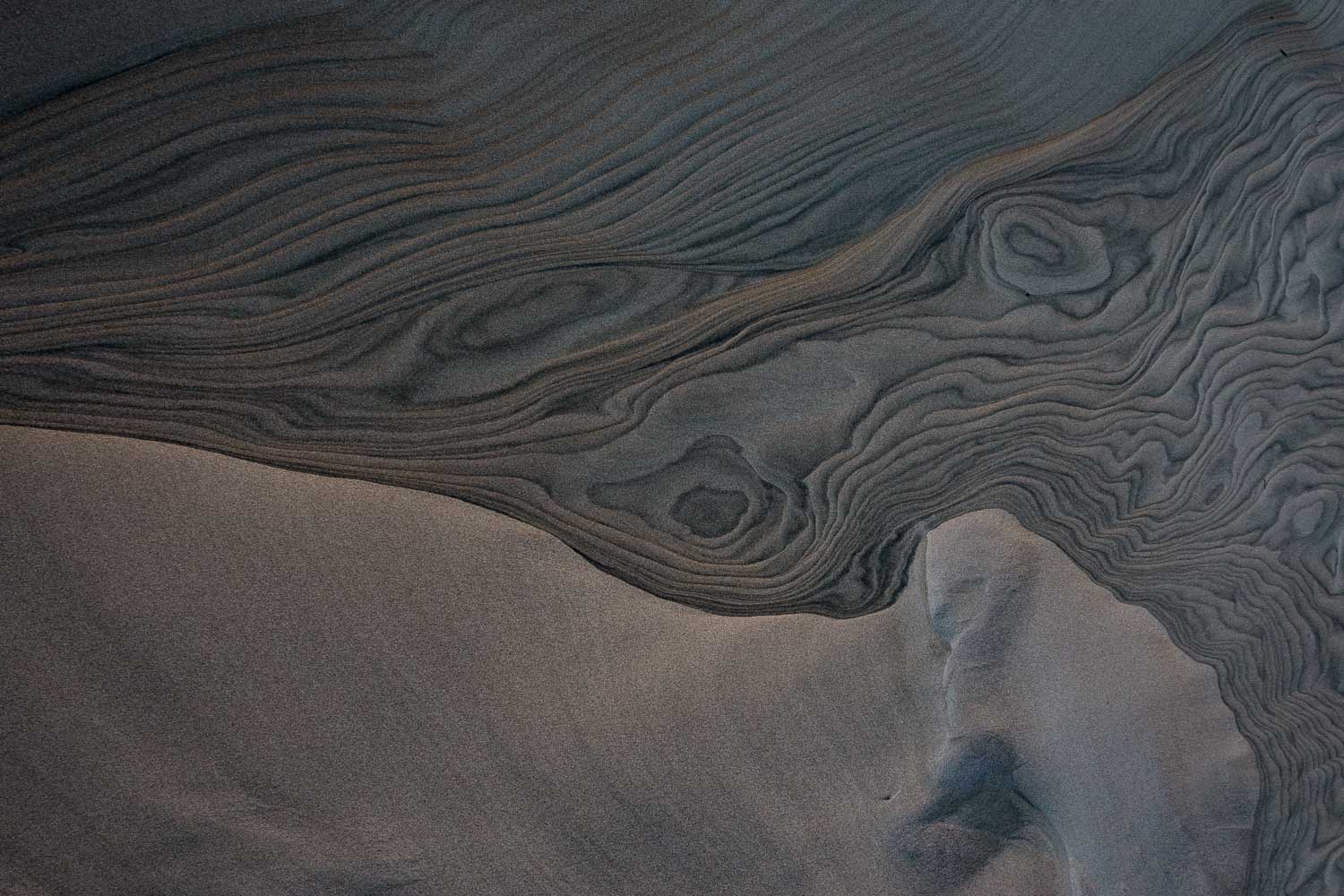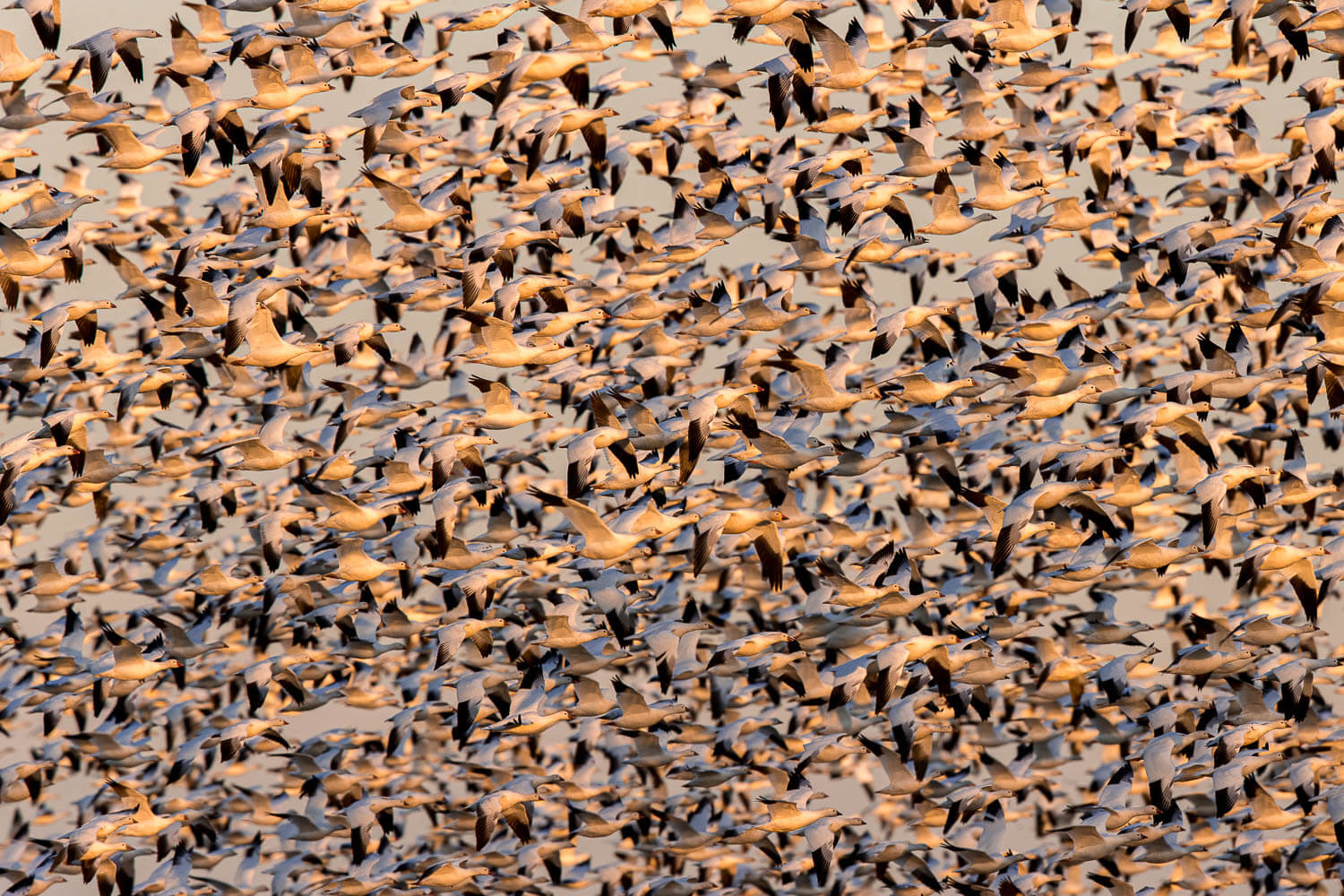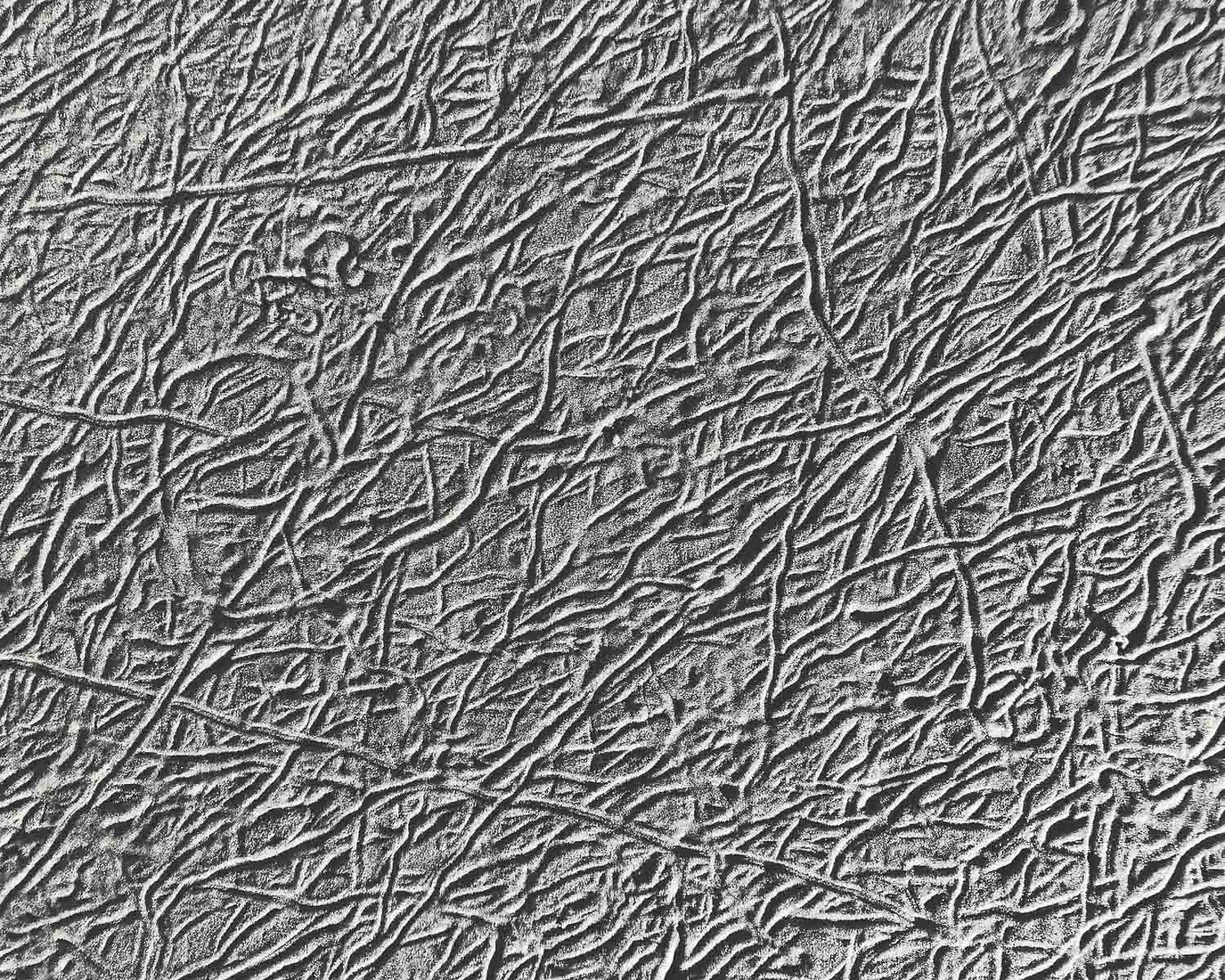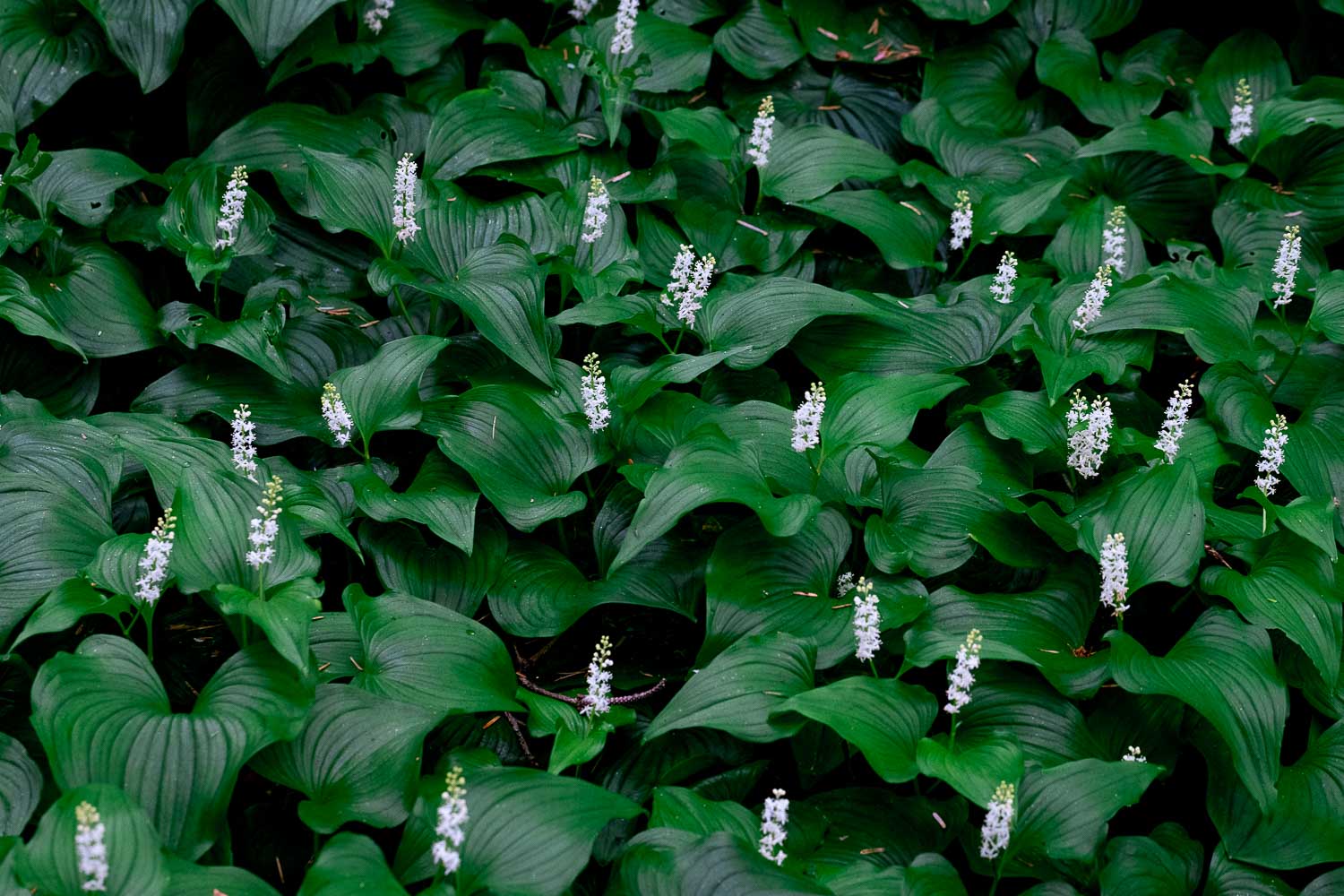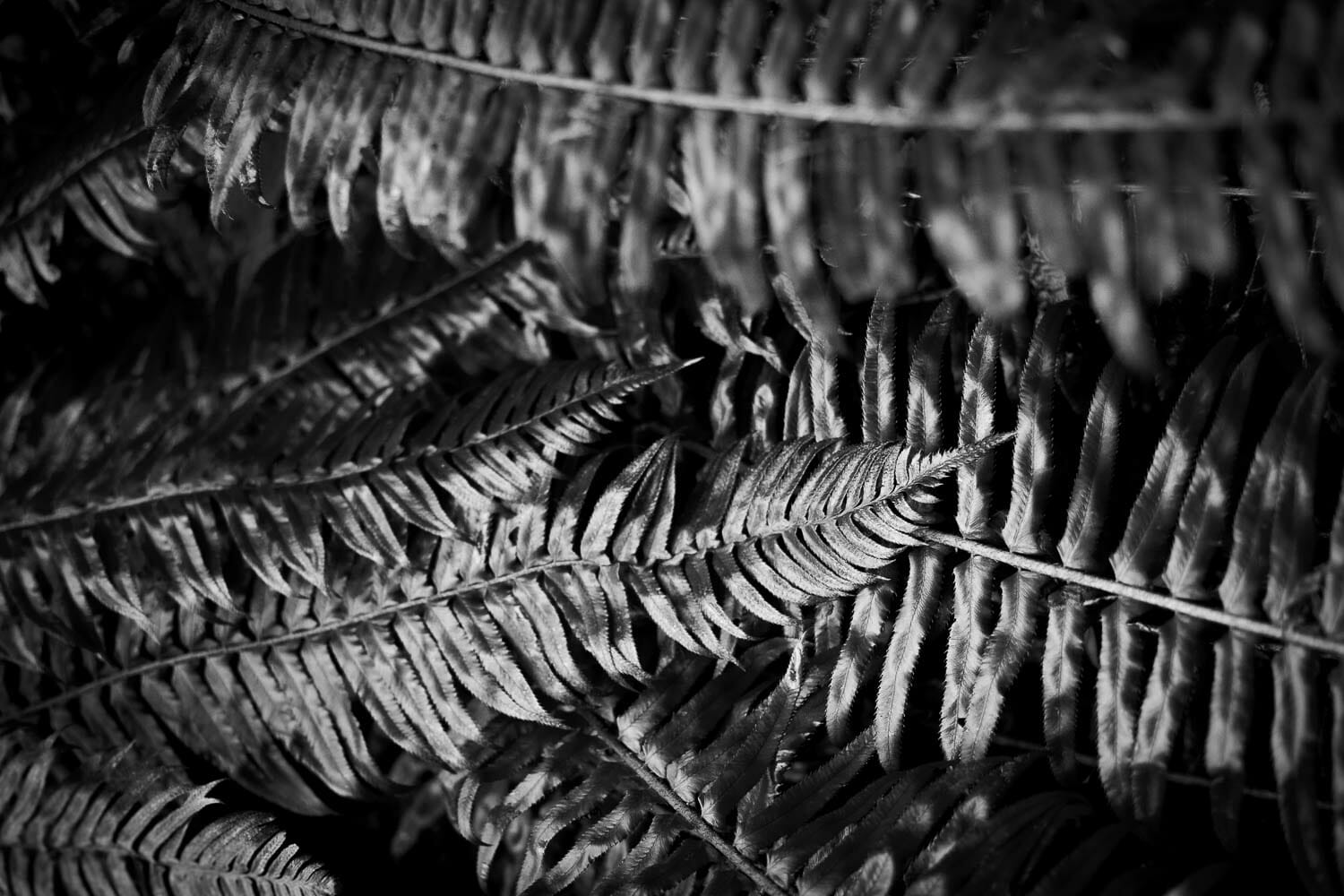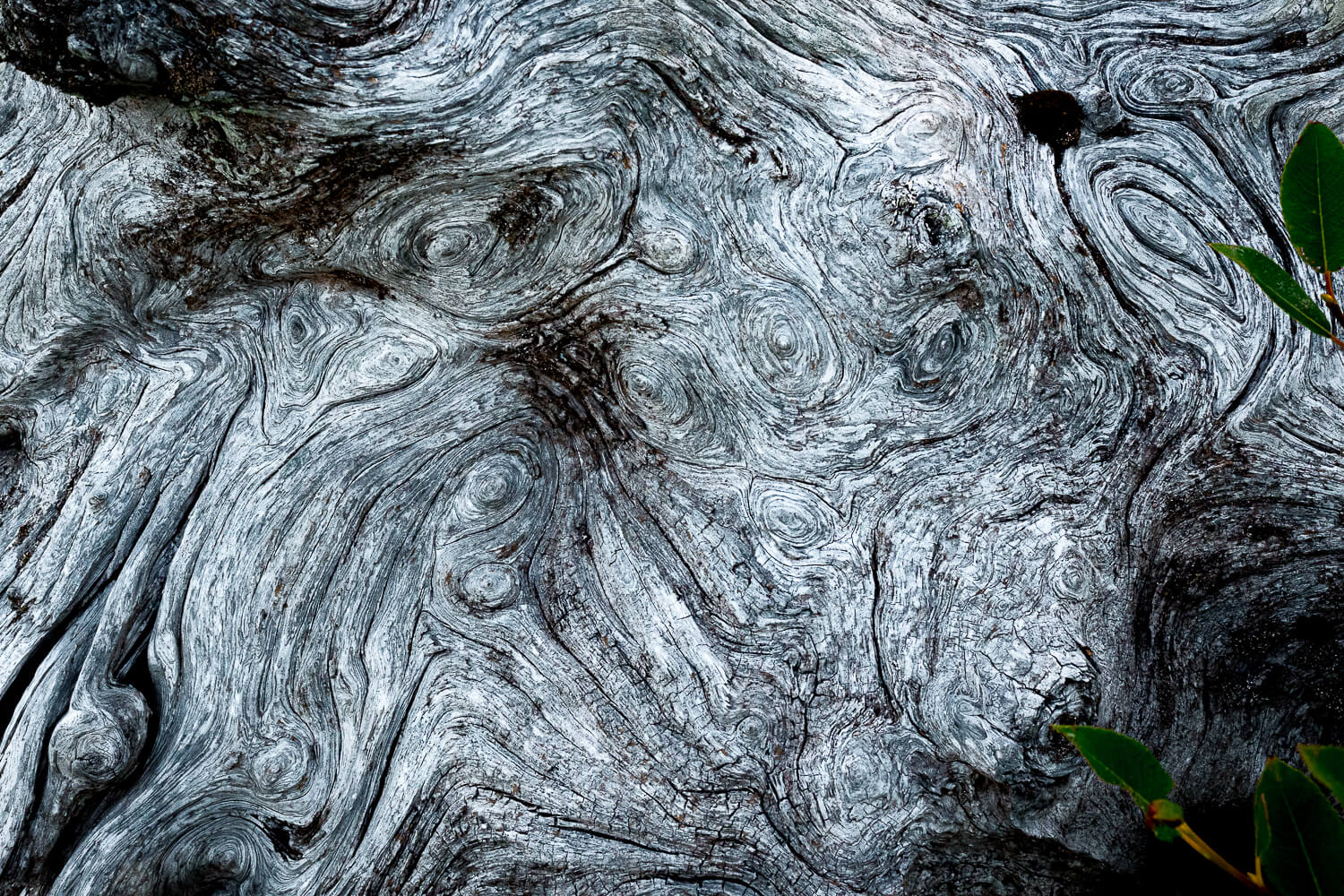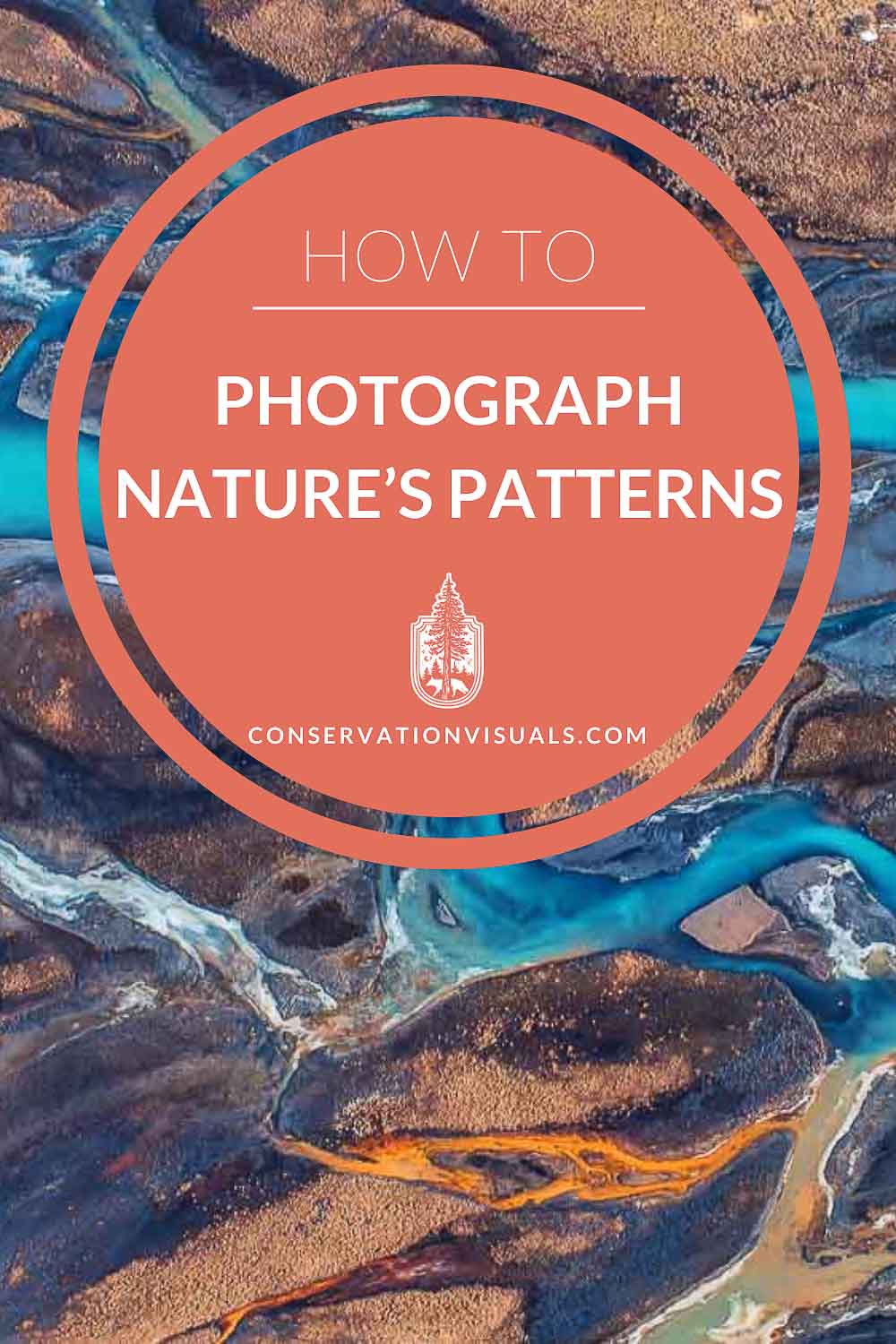Contents
- Types of Patterns in Photography
- How to find patterns for your photos
- Examples of subjects with patterns
- Look for lines, swirls, or waves
- Break the pattern into thirds
- Play with your focal point
- Think about the depth of field
- Lean into angles
- Fill the frame with your subject
- Use light and shadow
- Use color
But what if I told you there's an intriguing world nestled within these larger vistas, a world often unnoticed but equally captivating?
We often don't realize it, but all kinds of beautiful patterns exist around us, in nature and man-made objects.
In the photographer's toolbox, few techniques are as potent yet underused as the art of capturing intriguing patterns.
These recurring motifs, whether in the swirl of a snail's shell or the fractal beauty of a fern, hold the power to elevate our work from beautiful to truly breathtaking.
With practice, we can learn to recognize and incorporate common photography patterns creatively into various genres, from environmental portraits to landscape photography.
But how do we train our eyes to see these patterns? How do we frame them effectively to create compelling compositions? This article will be your guide.
Learn to see beyond the obvious, using pattern in photography to tell deeper stories and crafting images that resonate with viewers on a whole new level. Welcome to your next adventure in photography!
Contents
- Types of Patterns in Photography
- How to find patterns for your photos
- Examples of subjects with patterns
- Look for lines, swirls, or waves
- Break the pattern into thirds
- Play with your focal point
- Think about the depth of field
- Lean into angles
- Fill the frame with your subject
- Use light and shadow
- Use color
Once you've trained your eye to spot patterns in nature, you'll see them everywhere you turn – from birds to plants to sand on the beach – and you'll open up a whole new realm of creativity!
Types of Patterns in Photography
Like other genres, pattern in photography requires a keen eye for detail and an understanding of composition, lighting, and more.
1. Regular patterns
When we think of patterns, we usually picture symmetrical or repetitive patterns that are easily identifiable and can be found in nature, as well as everyday objects. Think of a fern frond unfurling, the curve of a shell, the patterning of a zebra's stripes, or the repeated design of a bee's honeycomb.
These patterns are defined by their uniformity; each element within the pattern is identical or very similar. Strong graphic elements repeat themselves in a regular pattern, which is why some photographers also like to refer to it as an “obvious” pattern.
Clean, repeating, obvious patterns work wonderfully as the background element or on a standalone subject for pattern photography.
2. Irregular patterns
Irregular patterns, on the other hand, lack uniformity but still offer a sense of visual rhythm or continuity that can be just as captivating. These are also called organic patterns.
The scattered arrangement of leaves on the forest floor, the random flight of birds across the sky, or the unpredictable formation of clouds are examples of irregular patterns in nature.
Irregular patterns repeat unpredictably, such as wrinkles in crumbled paper pieces or ripples in a pool of water.
3. Chaotic patterns
Then there are chaotic patterns. These are patterns that seem to have no order or predictability, yet they still create visual interest. The crashing of waves against the shore, the spread of fire in dry grass, or the sprawling branches of a tree can all form chaotic patterns.
So, the next time you want to feature something in the background that's both subtle and bold, look for objects with these irregular patterns.
By learning to recognize these patterns, you can develop a new perspective in your photography and find beauty in the most unexpected places.
This pattern is made by arthropods moving around under beach sand early in the morning. It's always so exciting to uncover the hidden beauty of sand and soil, be it a pattern made by animals or other natural wonders.
How to find patterns for your photos
Are there similar shapes near each other, geometric patterns or repeating patterns, or perhaps it's simply items of the same color near each other?
If it's an organic pattern, what about the irregularity of it is appealing? Is there one element that draws the naked eye the most?
Then notice a place to focus.
You can zero in on leading lines or find a center point within the pattern to focus on. This helps the viewer also make sense of the scene.
Now, start taking exploratory photos.
Begin by creating your first image, and assess it.
Notice what you might want to change to make a more interesting composition.
For instance, you could change your perspective or focus point, or even switch up all your settings altogether!
Finally, just start shooting!
Explore ways of making a regular pattern into abstract patterns by getting really close. Or play with creating geometric patterns from a chaotic scene by finding a different perspective (we'll talk about leaning into angles in a moment!).
The goal is to explore as much as possible before calling it done.
You'll find as you play with composition, light, angles, depth and more that you can find nearly endless patterns to photograph once you start looking.
Patterns can be found in plants in your yard or on hikes. Look around for different colors and shapes that might be combined to create an interesting design. When you take photos, try changing your angle or moving closer or farther away to get different takes on the same scene.
Examples of subjects with patterns
For example: tree bark, wet sand, nesting colonies of the birds, leaves, and water are areas where you can add interest to nature photography by seeking out a way to create patterns in a frame.
Other ideas include:
- Veins of leaves
- Spiderwebs
- Animal fur and feathers
- Flower petals
- Mountain ranges
- Tree canopies
- River deltas
- Waves on a beach
- Rock formations
- Cloud formations
These are a few of the several pattern photography ideas you can explore and implement but feel free to come up with your own examples and find patterns in photography however you see fit!
Now, let's dig into where to look and how to see so that you train your brain to spot patterns all around!
Photo: jasonywang/Shutterstock
The Wave is a sandstone rock formation that's become a classic pattern to photograph. Its swirls and strips of various colors make it a popular destination for photographers looking to capture interesting shots.
1. Look for lines, swirls, or waves
The linear formations of a row of trees, the undulating curves of a winding river, or the rhythmic swirls of a fern's frond offer a mesmerizing repetition that can elevate the visual appeal of your photos.
The key is to train your eye to notice these naturally occurring designs.
Waves crashing on a sandy shore, lines of footprints meandering along a path, or swirls of flower petals on a blooming bud are all examples.
Don't forget to look for multiple patterns, such as lines, swirls, or waves in combination.
Using other compositional elements like repetition gives the pattern created even more oomph.
2. Break the pattern into thirds
Breaking a pattern into thirds, often referred to as the “Rule of Thirds,” is a fundamental technique in photography that can bring a dynamic element to your pattern photography.
This rule involves dividing your frame into nine equal parts, creating a grid of three horizontal and three vertical lines.
The points of intersection are considered the strongest focal points, and the lines themselves are the strongest positions.
By aligning the elements of your pattern along these lines or points, you create balance and interest, guiding the viewer's eye through the composition.
This technique can give your pattern photography a sense of depth and complexity, making your patterns more intriguing and visually appealing.
3. Play with your focal point
By adjusting the focal point, photographers can draw attention to specific elements within the pattern, subtly guiding the viewer's eye and dictating the narrative.
For instance, focusing on the intricate veins of a leaf amidst a bed of fallen foliage can spotlight the beauty of the organic pattern.
Meanwhile, defocusing the backdrop creates a sense of depth and dynamism.
So, playing with focal points not only captures the essence of natural patterns but also brings a distinct artistic flair to the image.
Pattern can be amplified by black-and-white or monochrome photography. Black-and-white photography is also great for emphasizing other elements such as line, shape, and form within patterns.
4. Think about the depth of field
Variables that affect it include the distance between you and the subject matter, focal length, and aperture size.
Depth of field is an integral part of a pattern in photography as an accurate depth of field can make a pattern stand out… or fade away.
Typically for strong pattern photography, you will want maximum depth of field so the entire image is in focus. But not always! Play with depth of field to enhance patterns.
Not every part of the shot needs to be sharp for an intriguing pattern photo. Play with shallow depth of field and creative angles to make your composition more interesting.
5. Lean into angles
❂ Bird's Eye View: This angle can reveal patterns we often overlook. For instance, a bird's eye view of a crowd can reveal patterns of movement, while the same view of a field of sunflowers can highlight the uniformity in their placement and direction.
❂ Wide-angle Shot: A wide-angle lens can capture larger patterns that are not always evident at a close range. For example, you can capture the pattern of waves on a beach, rows of trees in an orchard, or the arrangement of buildings in a cityscape.
❂ Low angle: A low-angle shot can provide an interesting perspective on mundane subjects. Consider shooting a pattern of tall trees from ground level, or capture the underside of a mushroom cap to reveal the pattern of its gills.
❂ Side angle: This angle can help you focus on the side details of an object. For instance, shooting a stack of books from the side can highlight the pattern of their pages, or capturing the side view of a row of dominoes can emphasize their uniform spacing.
By experimenting with different angles, directions, and distances, you can unveil hidden patterns and breathe new life into your photography.
Swirls and whorls of wood, stone, or clouds are great for patterned abstractions of nature. You can keep other elements – like the leaves in this photo – to hint at what the subject is. Or, you can fill the frame tightly with your subject so that it's anyone's guess what it is – all a viewer sees is pattern!
6. Fill the frame with your subject
By allowing the pattern to dominate the image, you eliminate distractions and create a captivating visual experience that draws viewers into the depth and detail of the pattern.
This technique works particularly well when photographing nature, where the intricate details of leaves, feathers, or scales can create mesmerizing patterns.
Whether you're capturing the complex design of a butterfly's wing or the repetitive pattern of a field of flowers, filling the frame enables you to immerse the viewer completely in the beauty and intricacy of the natural world.
7. Use light and shadow
On the other hand, shooting at high noon can produce high-contrast patterns of light and shadow. Remember, the quality, direction, and color of light can significantly affect how a pattern is perceived.
Experiment with different lighting conditions to see how they alter the patterns and the mood of your photographs.
Photo: magnifier/Shutterstock
Utilizing color is a powerful way to create scroll-stopping pattern photos. Using contrasting colors, such as complementary or analogous color schemes, can draw the eye into the image. Pay attention to light sources, too, because it adds texture and further depth to an image.
8. Use color
For instance, capturing the contrasting hues of a sunset can emphasize the pattern formed by the silhouette of trees against the sky.
Similarly, the varied shades of green in a rainforest can bring out the intricate patterns of foliage.
Color is not necessarily a standalone element; it works in combination with other compositional elements like texture, form, and light to create an aesthetically pleasing pattern.
Alright – you now hopefully have about a zillion ideas in your head about how you'll find pattern the next time you head out the door with your camera.
And when you do, remember this: Pattern photography is more than just a compositional technique—it's a new way of seeing the world around you.
By focusing on repetition, rhythm, and form, you can bring out the inherent beauty in even the simplest subjects, transforming the mundane into the extraordinary.
So, experiment with different perspectives, play with light and shadow, and allow color to bring your patterns to life. As with any form of art, the key to success in pattern photography lies in practice and exploration. So grab your camera, open your eyes to the patterns around you, and start capturing the world in a whole new way.

